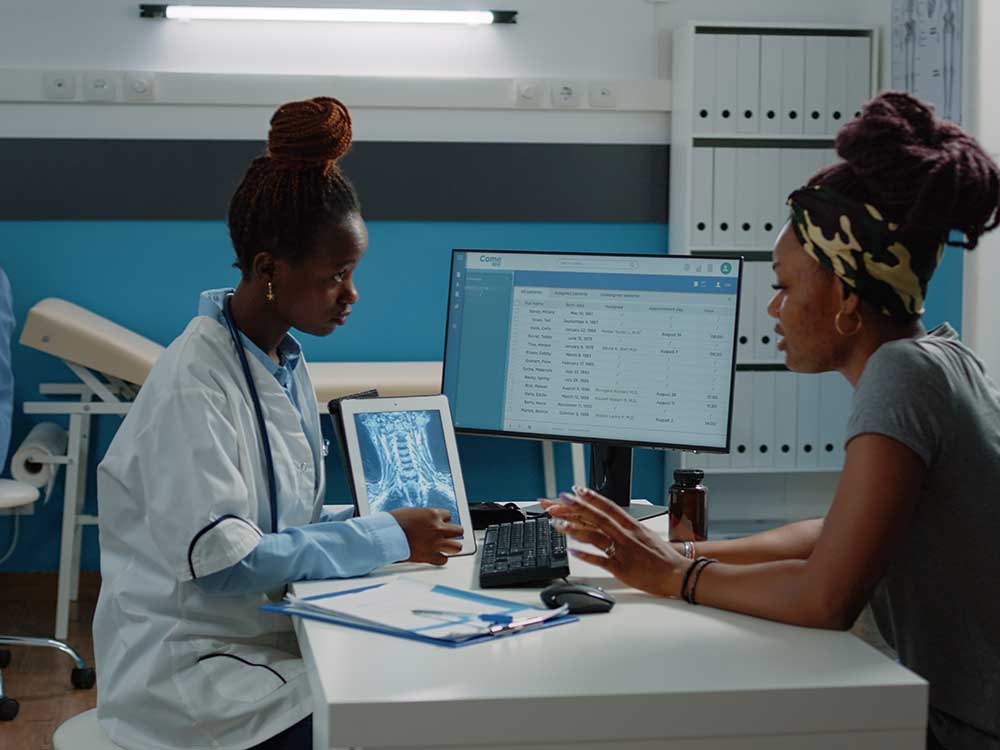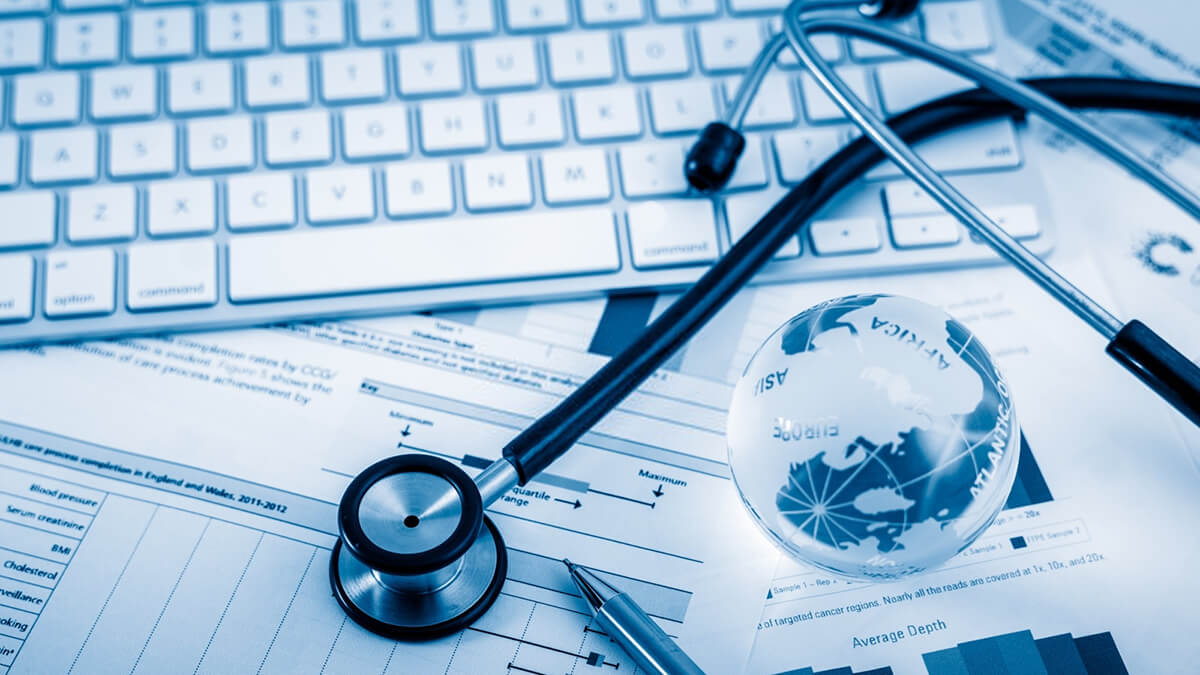Top Skills Required to Excel in Medical Administration Duty Today
Best Practices in Medical Administration for Improving Effectiveness and Reducing Expenses
In the ever-evolving landscape of medical care, the pursuit of ideal practices in medical management is critical for improving performance and curbing costs. By incorporating advanced modern technologies such as digital health and wellness records and telemedicine, doctor can streamline procedures and enhance person treatment. However, innovation alone is not a remedy; maximizing resource allocation and cultivating collaborative communication among care groups are equally critical (medical administration). As companies strive to balance high quality and cost, what approaches should be prioritized to accomplish these double objectives? The response to these inquiries hold the secret to a much more lasting medical care system.
Leveraging Advanced Technology
In today's quickly evolving medical care landscape, leveraging innovative modern technology is no much longer optional however crucial for reliable clinical management. The assimilation of digital services into health care systems has actually changed the means centers operate, enhancing processes and enhancing individual care. Electronic Health Records (EHRs) are crucial, providing extensive client information that can be accessed instantly by authorized employees, hence decreasing redundancy and lessening errors. By systematizing person info, EHRs remove the demand for cumbersome documentation and promote seamless communication among doctor.
Telemedicine is one more technological development that has actually revolutionized patient interaction. It provides convenience for both clients and health care experts by making it possible for remote consultations, which can lower the need for in-person visits and maximize appointment scheduling. Furthermore, telehealth platforms can prolong health care accessibility to country or underserved areas, linking spaces in care distribution.
Moreover, using Expert system (AI) and artificial intelligence is becoming progressively prevalent in predictive analytics, enabling very early discovery of possible wellness problems and even more enlightened decision-making. These technologies, when incorporated efficiently, can boost diagnostic precision and individualize client treatment plans, eventually resulting in improved medical care end results and operational performance.
Optimizing Source Allocation
By purposefully managing resources such as employees, equipment, and funds, medical care facilities can considerably improve their functional performance, improve patient results, and reduce unneeded expenditures. The very first action in maximizing resource allowance includes conducting a comprehensive analysis of current assets and identifying locations where resources might be underutilized or exhausted.
Focusing on source allocation based upon client demands and service needs is vital. This includes lining up resources with high-demand locations, such as emergency treatment or specialized treatments, to make certain timely and efficient individual care. Executing flexible staffing models can additionally maximize labor resources by readjusting employees allotment in response to rising and fall individual quantities. Furthermore, welcoming telemedicine and various other technological solutions can relieve physical source constraints by offering different avenues for patient-provider communications.
Monetary resources must be carefully checked and assigned with calculated foresight to sustain both short-term operational requirements and long-lasting institutional objectives. This includes investing in training programs that boost personnel proficiencies and taking on energy-efficient techniques that minimize functional costs (medical administration). read the article Inevitably, an optimized source allotment strategy fosters a sustainable medical care environment that is responsive, reliable, and financially prudent
Streamlining Process Processes
When healthcare facilities goal to boost functional performance, streamlining process processes becomes a pivotal focus. Reliable process reduce redundancy, remove unnecessary steps, and improve sychronisation amongst health care specialists. This approach not just increases service delivery but additionally improves the top quality of client care.

Next, technology integration plays a significant function in improving process. Applying digital health documents (EHRs) and computerized medical professional order entry (CPOE) systems reduces documents, reduces human mistake, and makes sure info comes to all appropriate employees. In addition, leveraging telemedicine systems can enhance person appointments and follow-ups, lowering the pressure on physical facilities.

Ultimately, streamlined operations lead to cost reductions and improved client contentment, cultivating an extra sustainable medical care atmosphere.
Enhancing Information Administration
Structure upon structured workflows, maximizing data management becomes a crucial component ahead of time medical care administration. Reliable data management systems are essential for keeping accurate individual records, boosting decision-making, and guaranteeing compliance with regulatory requirements. By applying robust data monitoring services, medical care centers can boost the quality of person care while all at once minimizing functional costs.
One trick element of boosting information monitoring is the combination of innovative electronic health and wellness document (EHR) systems. These systems facilitate the seamless exchange of individual information across find this different departments, reducing replication of examinations and decreasing errors. A well-designed EHR system sustains information analytics, allowing doctor to recognize patterns and make informed choices concerning individual care.
Additionally, guarding person information is extremely important. Taking on detailed cybersecurity steps, including encryption and normal audits, guarantees the integrity and confidentiality of sensitive details. This not only secures individuals yet additionally preserves the organization's online reputation.
Investing in personnel training is another essential variable. Informing medical care professionals on data administration methods enhances their capacity to properly use innovation, leading to enhanced client outcomes. In verdict, boosting information monitoring through sophisticated innovation and extensive training is important for achieving performance and expense reduction in medical management.
Fostering Collaborative Interaction
An important part in progressing medical administration is fostering collaborative interaction among healthcare professionals. Effective communication is extremely important for making sure smooth client treatment, maximizing therapy results, and decreasing mistakes. By motivating open dialogue and sychronisation across multidisciplinary groups, healthcare companies can boost their operational performance and decrease unnecessary expenses.
Central to this strategy is the integration of interaction technologies such as electronic wellness documents (EHRs) and protected messaging systems, which promote the fast exchange of critical patient info. These tools make it possible for health care suppliers to accessibility and share data in actual time, making sure that all employee are educated and straightened in their decision-making processes. Normal group meetings and interdisciplinary rounds can even more advertise a culture of partnership and responsibility.
Training programs focused on enhancing interaction abilities are also crucial. These programs can aid team develop the ability to convey details clearly and listen actively, hence reducing misconceptions and fostering an encouraging workplace. Furthermore, embracing standard interaction methods, such as SBAR (Scenario, History, Evaluation, Suggestion), can enhance the exchange of information, ensuring that crucial information are communicated succinctly and properly. Inevitably, promoting collaborative communication leads to boosted healthcare shipment and cost savings (medical administration).

Verdict
Including innovative innovation, such as digital health and wellness records and telemedicine, along with enhanced source allocation and structured operations processes, is important for boosting performance in medical administration. Effective information administration and cultivating collective more tips here interaction amongst medical care groups are essential for minimizing redundancies and improving treatment quality. By prioritizing preventive treatment and taking part in high quality improvement initiatives, medical care organizations can accomplish considerable cost savings and boosted client end results, thereby ensuring sustainable medical care delivery in a significantly complicated environment.